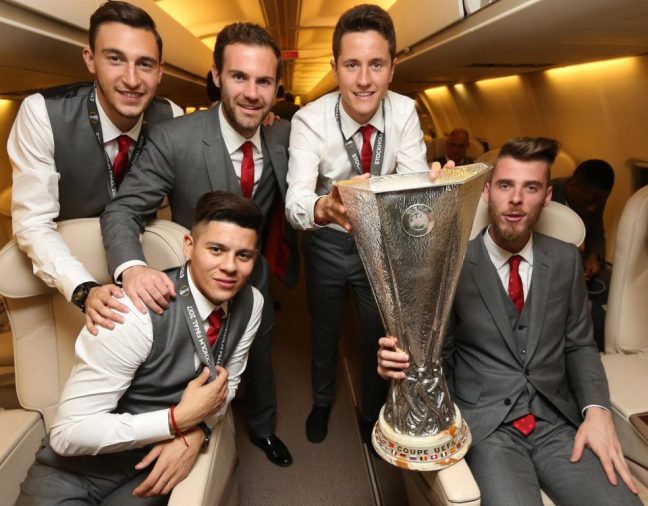Team wise
CSK :
Whichever season you look at CSK’s squad, it is always one of the most well-balanced in the league. It always has the perfect amount of everything in it – batsmen, bowlers, all-rounders, youngsters, experienced players.
CSK’s uncapped player has also been a great asset to the team over the years. One such example is Mohit Sharma, who went on to play for India at the international level.
CSK choose their overseas player very smartly too, which adds great value to the team. On top of that, the team works as a unit, which helps a lot and is exactly what is required of teams to win tournaments of such high levels.
The defending champions have got off to a perfect start as they chase a record fourth IPL triumph, with three wins from three including a demolition of RCB on the opening night and narrow eight-run victory over RR in their second home game. Chepauk Stadium could well turn into a fortress for CSK, as both matches that have been played there this season have been on slow, spinning pitches. With a spin attack of Imran Tahir, Harbhajan Singh, Ravindra Jadeja and potentially Mitchell Santner, few sides will be able to live with Chennai in those conditions.
CSK have taken more wickets with spinners (13) than any other team. While that is in part owing to the fact that they have bowled a significantly higher percentage of deliveries with their slower bowlers than all other sides, it should also be noted that their spinners are conceding just 6.41 runs per over, while the next most miserly collection of twirlers is that of Sunrisers Hyderabad, who have conceded 7.45 runs per over.
That said, it has not just been the spinners upon which Chennai’s early success has been built upon. Right-arm seamer Deepak Chahar has bowled unchanged from the start of the innings in each of Chennai’s three matches, picking up all three of his wickets in the Powerplay overs and recording an economy rate of 4.33. Since Chahar’s IPL debut in 2016, only Umesh Yadav and Mitchell McClenaghan have taken more wickets in the first six overs than him and his consistent threat has been a key reason behind Chennai’s Powerplay economy rate of 6.72, the second best in the competition behind Sunrisers Hyderabad (6.22).
With the bat, Chennai were not hugely tested in their first two matches, chasing down 71 and 148 against RCB and Delhi, respectively, but showed the depth they possess in their narrow win against the Royals on Sunday. MS Dhoni’s side prefer to chase – they’ve chosen to field first on each of the last six occasions they’ve won the toss – but were asked to bat first against Rajasthan. Despite wobbling to 88 for 4, the captain himself dragged them to 175-5 with an unbeaten 75 off 46 balls before the bowling attack overcame the late night dew to restrict the Royals to 167-8. All appears well in the Chennai camp and the ominous sign for the other teams is that you sense that there is plenty more to come from them.
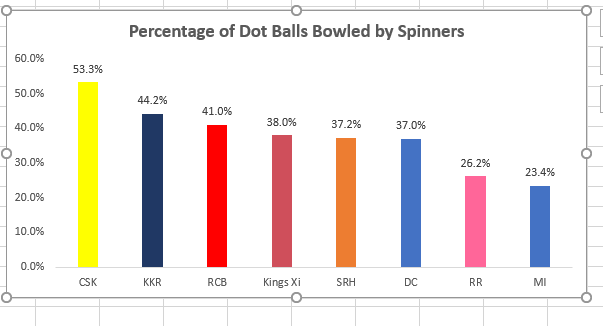
Sunrisers Hyderabad :
A remarkable turnaround. Last year, Sunrisers were the bowling kings, picking an XI skewed heavily towards limiting the opposition batsmen and keeping their games low-scoring and tense – so far this year, it’s been the opposite.
Sunrisers are comfortably the fastest scorers in the competition, the opening partnership of Jonny Bairstow and David Warner looking like it may become a force to be reckoned with. Three matches in, they are yet to lose a wicket in the Powerplay and have dominated in that period, scoring at a phenomenal 10.11 rpo. Their overall scoring rate so far is 10.09rpo, comfortably higher than any previous season. It will most likely fall, but it throws into sharp relief quite how differently they are playing compared to last year.
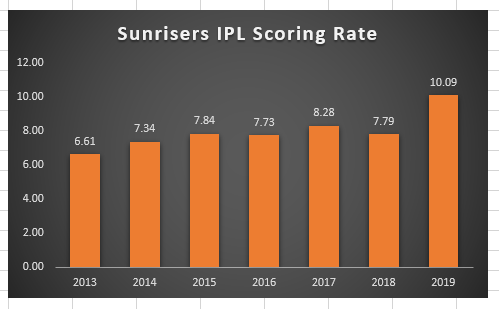
They are currently recording their worst ever strike rate for a season, and their second worst economy rate. It’s fair to acknowledge this as a consequence of their shift in strategy – the added firepower with the bat has come at the expense of the bowling, but it is still concerning for Sunrisers that individual bowlers haven’t been able to stand up. In particular, Bhuvneshwar Kumar is a worry. Previously considered an elite T20 bowler, banging out length at the top before nailing yorkers at the death, Bhuvneshwar’s form has gradually deteriorated – particularly at the end of the innings. Sunrisers will be able to cope with the shift towards a batting-heavy balance, but they need the India star to find his best form, but as shown below, he’s currently in a rut.
Kolkata Knight Riders
After two wins from two, Kolkata Knight Riders took their first mis-step at the Feroz Shah Kotla where they lost a Super Over against Delhi Capitals. Sunil Narine’s injury meant that they were forced to shuffle the deck and curiously opted to not bring in one of their overseas options – Carlos Brathwaite, Harry Gurney or Joe Denly could all have played – instead choosing to open the batting with Nikhil Naik and fielding only three overseas players. Naik scored just 7 off 16 and wasted his team’s review as the gamble didn’t pay off; a rethink is surely needed if Narine continues to be absent from the XI.
KKR’s first three matches have been defined by the performances of one man: Andre Russell. The Jamaican all-rounder was Player of the Match in the Knight Riders’ first two matches, smashing 49* off 19 balls and 48 off 17 balls against Sunrisers Hyderabad and Kings XI Punjab, respectively to get his side over the line on both occasions. Russell followed those innings up with a 28-ball 62 that propelled KKR from 61-5 to an eventual score of 185-8 against Delhi Capitals, before he was bowled by Kagiso Rabada in what proved to be the pivotal moment of the Super Over. In a lineup as packed with batting talent as KKR’s is, having a player like Russell coming in down the order is an absurd luxury and one that means that bowling attacks can never settle against the men in purple.

Delhi Capitals
With two wins from three matches Delhi are well-placed despite poor availability in their first week and obvious confusion surrounding their strongest team. Delhi had three very different results in their first week: a convincing win away against MI when Rishabh Pant powered them to a huge total, an underwhelming defeat at home against CSK where their middle order subsided against the spinners; before a thrilling win at home against KKR in a topsy-turvy match where Delhi twice squandered positions of strength before sneaking home in the Super Over.
Delhi’s week was defined by their Indian batting core. Against MI, Pant powered them to a match-winning score while against KKR, Prithvi Shaw marshalled a steep run chase. On the one occasion when their Indian batting flopped – against CSK, they finished with an under-par total and lost the game. DC’s first three matches have also been marked by clear uncertainty surrounding the make-up of their team but as the week has progressed they have moved towards a more well-rounded side.
In DC’s only defeat of the week against CSK they curiously only selected three overseas players and made the bold decision of opting to bat first on an unfamiliar home pitch – something that captain Shreyas Iyer has since admitted was a mistake.
Delhi have played two matches at the Feroz Shah Kotla Stadium and the early signs are that the pitch will benefit the spinners, who recorded notably better figures in both matches. This should suit Delhi who have an all Indian top four, accustomed to playing spin, and plenty of spin options (Lamichhane, Mishra, Tewatia, Axar). They should seek to exploit this advantage as the season progresses.
Kings 11 Punjab
With two wins from their opening three matches, Kings XI will be pleased. The controversy surrounding their captain may have reduced a bit of goodwill they may have received, but Kings XI have started more confidently than most had expected. A defeat at the hands of a Russell-inspired-KKR can be brushed aside, with their wins against Mumbai Indians and Rajasthan Royals far more encouraging.
When batting, Kings XI have been fairly cautious in the Powerplay overs, scoring at just 6.72rpo in that period (the second slowest) and attacking just 35% of deliveries (the lowest percentage) – the lull whilst Chris Gayle winds up and gets his eye in, perhaps. However, just like the big West Indian, they soon catch up. In the middle overs, only the turbo-charged Sunrisers Hyderabad have outscored KXIP, and at the death they have only been outdone by KKR.

Mumbai Indians
Mumbai Indians have established a reputation for slow starts in recent IPL seasons and this year looks no different. With one win from three matches and matches against CSK and SRH coming up this week MI are already on the back foot this season.
MI’s campaign was derailed before it had even begun when Adam Milne was ruled out of the season with an ankle injury and Lasith Malinga was declared unavailable for the first six matches. With Jason Behrendorff absent with Australia’s ODI squad Mumbai’s overseas bowling – an area they have historically liked to have well-stocked – was severely depleted with only Mitchell McClenaghan available for their opening fixture.
The weakness of their bowling was exposed in their first match when they lost control of Delhi Capitals and Pant in particular. The decision to select 19 year-old Rasikh Salam ahead of the more experienced Barinder Sran was questionable, given the weakened bowling attack – with Ben Cutting filling the fourth overseas spot. Since then they have reinforced the attack with Malinga who has been made available sooner than expected.
Batting wasn’t the problem in their defeat against Delhi but the decision to select Yuvraj Singh left the very talented Ishan Kishan – who played every match last season on the bench. Yuvraj opened his campaign with a fifty and played an exciting cameo against RCB but whether he – or Suryakumar Yadav – should be keeping Kishan out of the team is highly questionable based on recent form.
Those questions have only intensified as a result of MI’s performances against RCB and KXIP where middle over collapses left them needing to play catch-up in the death overs. Fortunately a brilliant cameo from Hardik Pandya against RCB elevated MI to an above-par total which they defended thanks to the brilliance of Jasprit Bumrah and the spin duo of Krunal Pandya and Mayank Markande who went for just 7.28 runs per over in a high scoring match. However, against KXIP more fireworks from Hardik couldn’t elevate MI to a competitive total and KXIP cruised home. Only RCB (14.7) has a worse balls per dismissal in the middle overs this season than MI (18.0) who are throwing away good starts provided by Quinton de Kock and Rohit Sharma at the top of the order: only SRH (10.11 RPO) have scored faster in the first six overs than MI (8.88 RPO).
Mumbai Indians have established a reputation for slow starts in recent IPL seasons and this year looks no different. With one win from three matches and matches against CSK and SRH coming up this week MI are already on the back foot this season.
MI’s campaign was derailed before it had even begun when Adam Milne was ruled out of the season with an ankle injury and Lasith Malinga was declared unavailable for the first six matches. With Jason Behrendorff absent with Australia’s ODI squad Mumbai’s overseas bowling – an area they have historically liked to have well-stocked – was severely depleted with only Mitchell McClenaghan available for their opening fixture.
The weakness of their bowling was exposed in their first match when they lost control of Delhi Capitals and Pant in particular. The decision to select 19 year-old Rasikh Salam ahead of the more experienced Barinder Sran was questionable, given the weakened bowling attack – with Ben Cutting filling the fourth overseas spot. Since then they have reinforced the attack with Malinga who has been made available sooner than expected.
Batting wasn’t the problem in their defeat against Delhi but the decision to select Yuvraj Singh left the very talented Ishan Kishan – who played every match last season on the bench. Yuvraj opened his campaign with a fifty and played an exciting cameo against RCB but whether he – or Suryakumar Yadav – should be keeping Kishan out of the team is highly questionable based on recent form.
Those questions have only intensified as a result of MI’s performances against RCB and KXIP where middle over collapses left them needing to play catch-up in the death overs. Fortunately a brilliant cameo from Hardik Pandya against RCB elevated MI to an above-par total which they defended thanks to the brilliance of Jasprit Bumrah and the spin duo of Krunal Pandya and Mayank Markande who went for just 7.28 runs per over in a high scoring match. However, against KXIP more fireworks from Hardik couldn’t elevate MI to a competitive total and KXIP cruised home. Only RCB (14.7) has a worse balls per dismissal in the middle overs this season than MI (18.0) who are throwing away good starts provided by Quinton de Kock and Rohit Sharma at the top of the order: only SRH (10.11 RPO) have scored faster in the first six overs than MI (8.88 RPO).
Rajasthan Royals
A disappointing start to the campaign for Rajasthan Royals, losing all of their first three matches and sitting stranded at the bottom of the ladder. Coverage of them may have been dominated by the Buttler-Ashwin debacle, but there are far deeper causes for concern if you’re a fan of the team from Jaipur.
Rajasthan’s bowling has been a clear weak area. They have the second highest economy rate in the competition, and the highest economy in the middle overs – that lack of control has been a weight on their progress. Part of the reason for them struggling particularly in this period is that their star bowler – Jofra Archer – has been used almost exclusively at the top and tail of the innings, meaning that from the end of the Powerplay until the death, the Royals are relying on their weaker performers. Equally, with 26% of their overs from spin, they have relied on their seamers more than any other side barring Mumbai – so far, RR’s bowling has been lacking in both quality and variety.

Aside from selection, what compounds the poor start for Rajasthan is that the three losses have come after winning three tosses – the game was there for them to dictate, and they couldn’t make it count. If they continue to get that sort of fortune falling their way, they simply have to do better.
Royal Challengers Bangalore
RCB’s season has got off to a terrible start. A narrow defeat at home against MI has been sandwiched between two thrashings – firstly they were bowled out for 70 by CSK on a spin-friendly pitch in Chepauk and then they were pummelled for 231 by SRH on a flat pitch in Hyderabad. The contrasting nature of RCB’s defeats is indicative of their problems with bat and ball. Only a week into the season and RCB’s Play Off hopes already look in serious danger.
Against CSK, RCB were unfortunate to lose the toss and be put into bat on a devilish pitch. However, that said their team selection betrayed a major failure to read conditions with RCB opting for just two spinners compared to CSK’s four and that mis-reading of conditions translated into their batting which was slow to adapt and subsided far too easily.
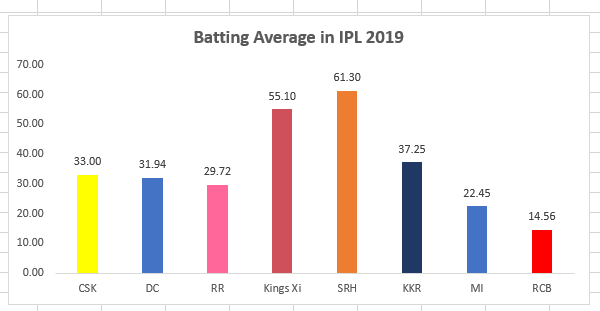
Picking two overseas all rounders – Moeen Ali and Colin de Grandhomme – has betrayed a lack of faith in their batting and their bowling but hasn’t done enough to address either discipline. With Nathan Coulter-Nile soon to be available slotting him into the bowling attack should make a difference with Moeen likely to compete with Marcus Stoinis for the other overseas spot. Washington Sundar and Pawan Negi are two all round options not yet used by RCB which should help balance the team and allow them to adjust their overseas four. De Grandhomme has had a terrible start to the season, averaging 14 with the bat with a run rate of less than a run a ball and having taken no wickets with the ball at an economy rate of 10.75.
Interesting Stat to Look Ahead : There is a reason why they call Chepauk the Fortress

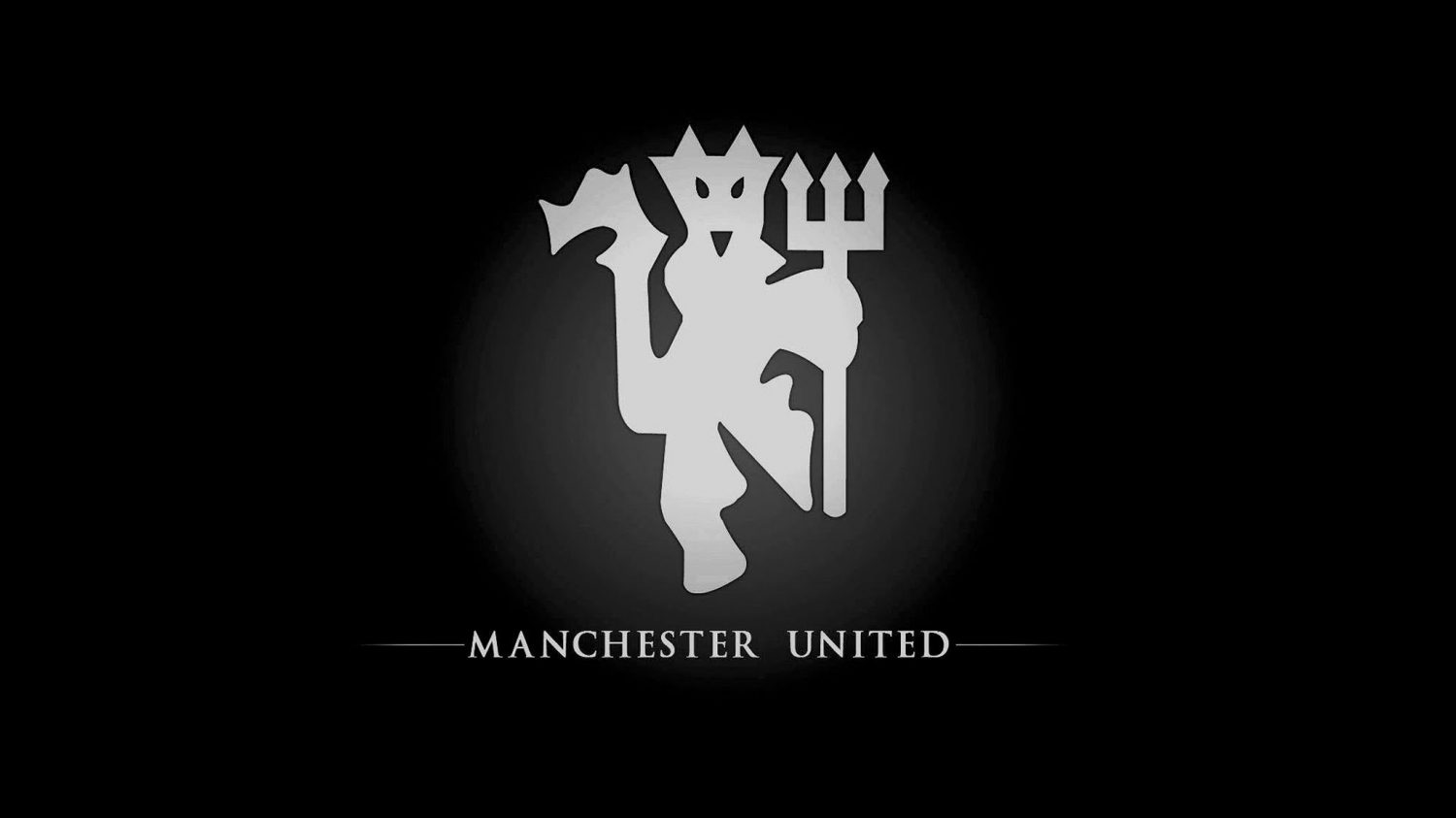






 Adding on to that he said :
Adding on to that he said :

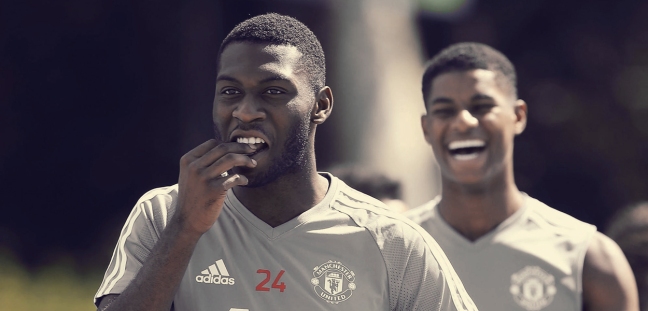

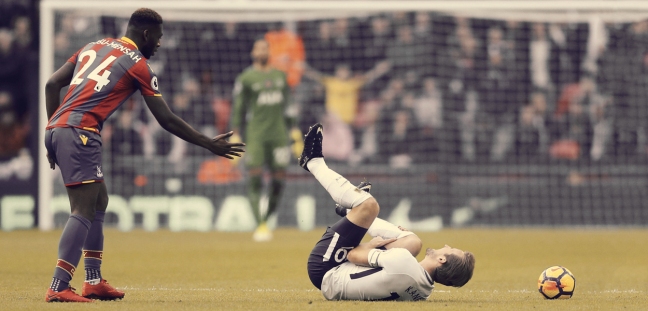

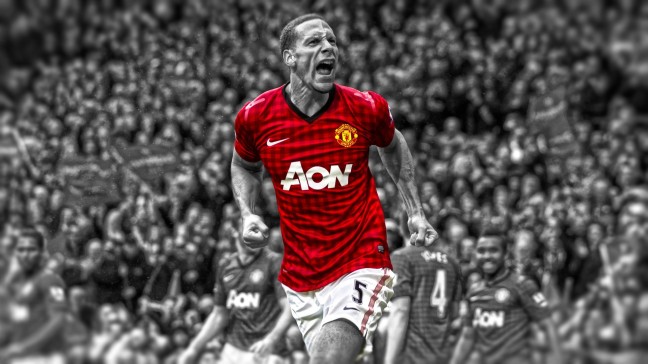
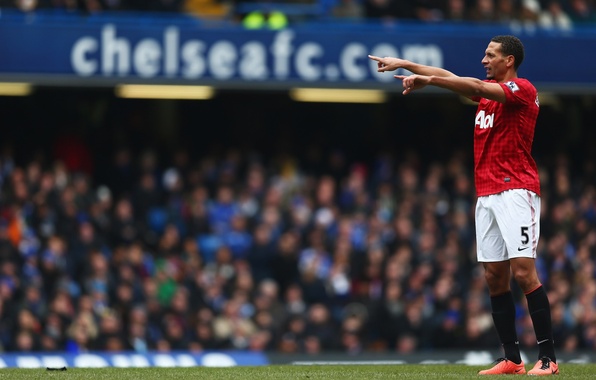 “Excellence,” wrote Greek philosopher Aristotle, “is an art won by training.” Indeed, this is a doctrine held true by many in the game for whom hard work and a little talent has brought ample reward. Rio Ferdinand trained hard too; a professional to the last. Yet, he also boasted such a natural elegance on the pitch that it was often hard to hard to tell where the work finished and the talent began.
“Excellence,” wrote Greek philosopher Aristotle, “is an art won by training.” Indeed, this is a doctrine held true by many in the game for whom hard work and a little talent has brought ample reward. Rio Ferdinand trained hard too; a professional to the last. Yet, he also boasted such a natural elegance on the pitch that it was often hard to hard to tell where the work finished and the talent began.









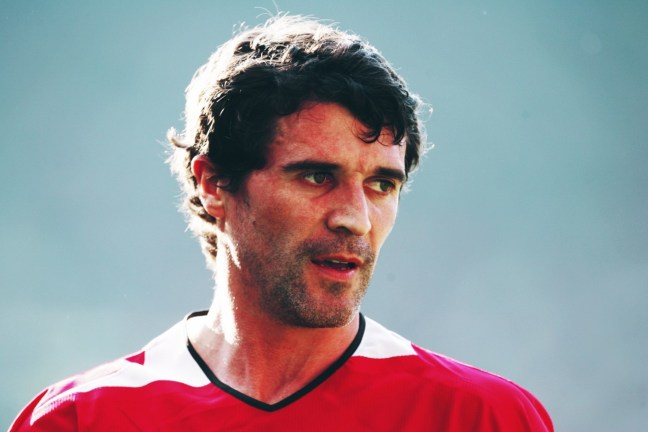


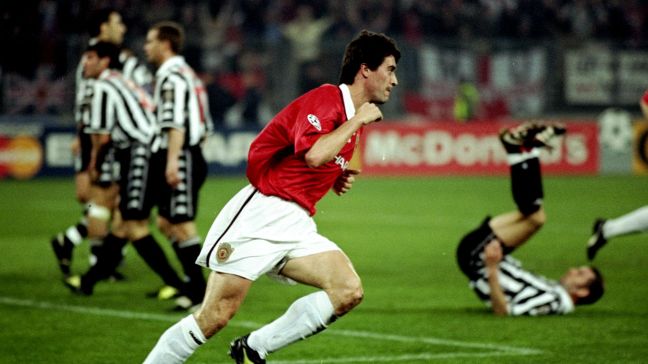
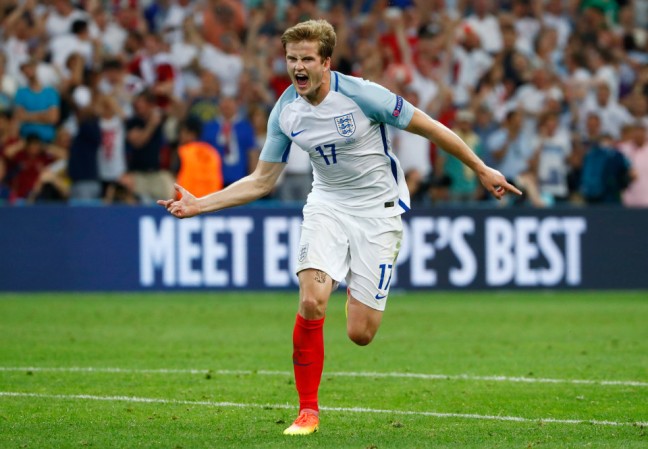


 Moving to the London club from Valencia in 2011, Mata had amassed 18 goals and 25 assists in his first two seasons of Premier League football. Needless to say, he took to the English game well.
Moving to the London club from Valencia in 2011, Mata had amassed 18 goals and 25 assists in his first two seasons of Premier League football. Needless to say, he took to the English game well.
